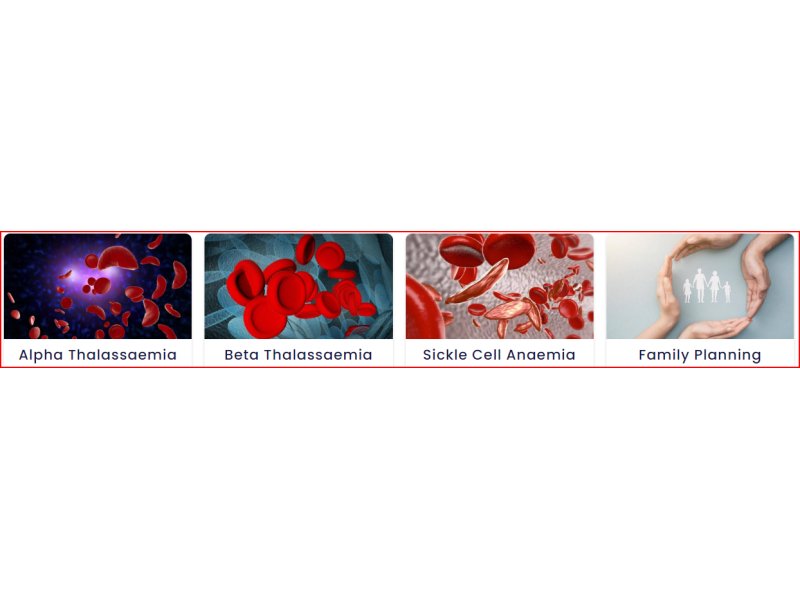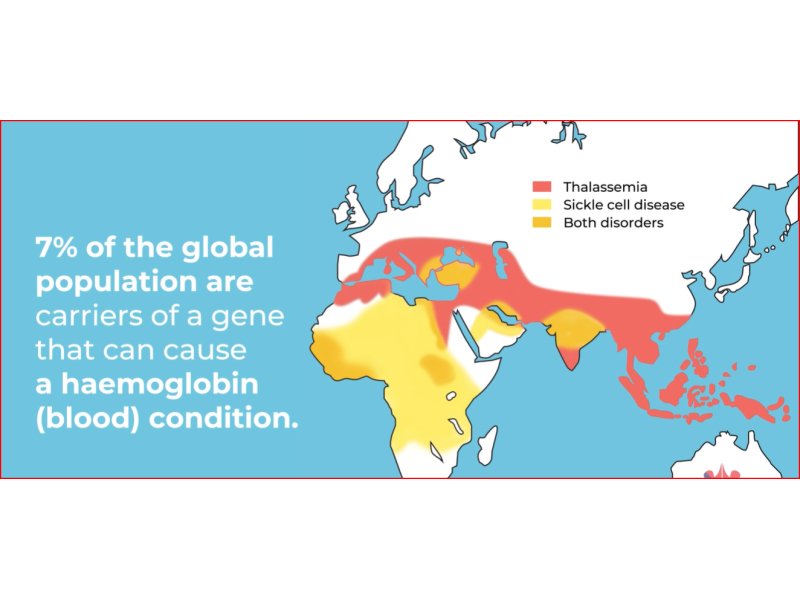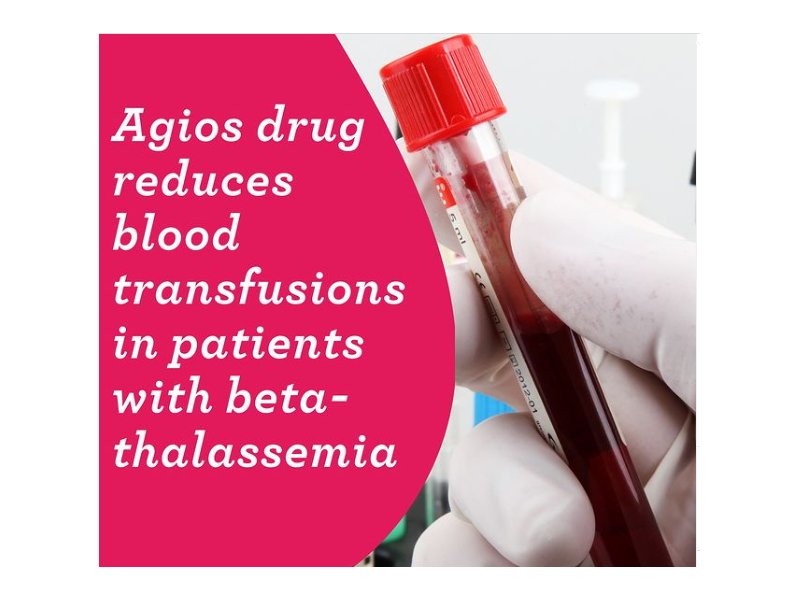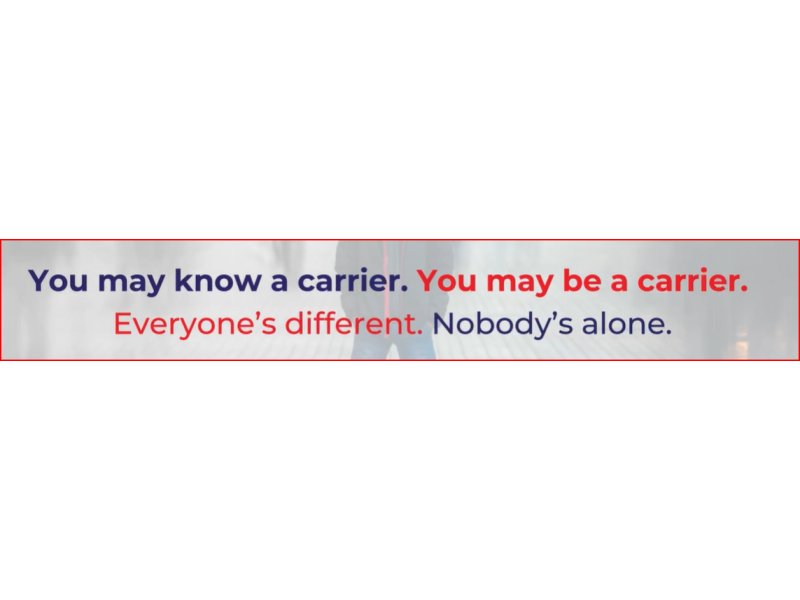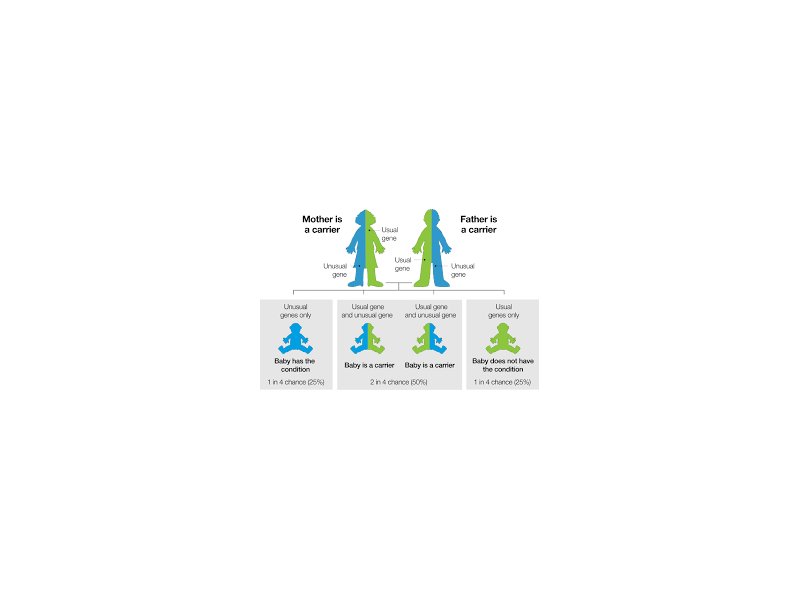Sickle
cell disease is a blood disorder affecting haemoglobin production.
Haemoglobin is a protein in the blood that carries oxygen around our
bodies. Sickle cell disease is passed from parent to child in genes.
Genes carry information about human characteristics such as eye colour,
hair colour and haemoglobin. Sickle cell disease is inherited. Sickle
cell disease is not contagious. Sickle cell disease is not transmitted
by germs.
Sometimes changes occur to genes, resulting in medical
conditions. Such changes occur to beta (b) globin genes in sickle cell
disease:
- A person normally inherits two b globin genes for the production of the beta globin protein in haemoglobin.
- A
person may have the sickle alteration (mutation) in one of their two b
globin genes. This person is called a sickle cell carrier and is
healthy.
- Carriers may be at risk of having a child affected with sickle cell disease if their partner is also a sickle cell carrier.
- When
a person has the sickle alteration (mutation) in one of their b globin
genes, and they have a certain alteration in their other b globin gene
they may have a condition called sickle cell disease.

